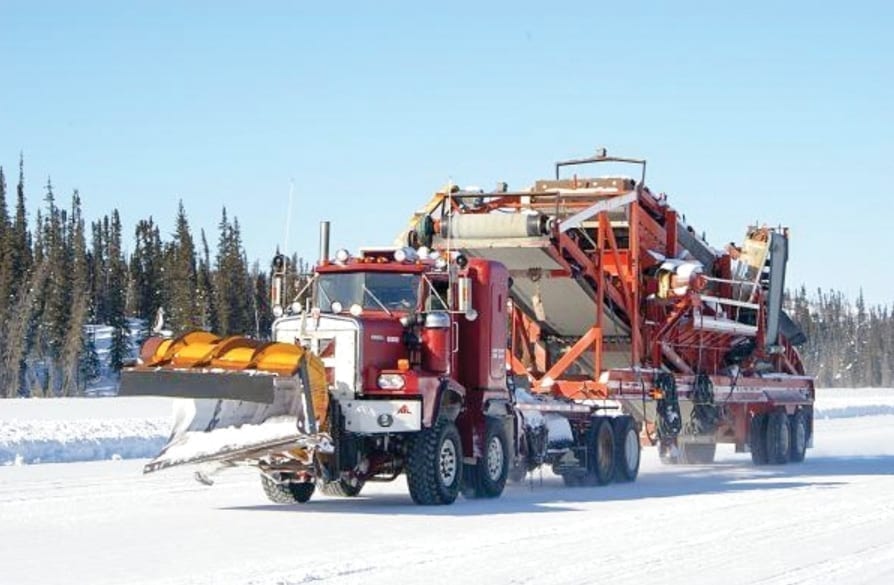When you're talking about the economy, tourism is the one per cent of the Northwest Territories.
That is, at about $50 million per year, tourism represents less than one one-hundredth of the economic impact of mining, the Fire Breathing Dragon of the North, at more than $1.7 billion.
Sometimes, dragons need sleep. The boom-bust cycle of resource extraction is well established in Canada and around the world. Going back to the end of the Industrial Revolution (which mining helped start), around 1830, growth in the global mining industry follows a spike and trough pattern, illustrated concisely in a post on miningquest.com.
Through the first half of the 20th century, alternating periods of growth and loss hardly last longer than five years. The peaks are between eight and 14 years apart.
There's a solid decade from 1973 to 1983, and some really good times fuelled by Chinese expansion between about 2004 and the housing bust of 2008 and the ensuing financial crisis and downturn.
Right now, we're below the zero growth line, indicating an overall shrinking of the industry of about 0.5 per cent per year around 2015, but tracking back upward where the chart ends just short of 2018.
If the line stays on its current course, it would show a return to growth of between 1.5 and two per cent per year, or more. Pairing that trajectory with hints dropped by De Beers Canada last week that it is already thinking about extending the life of the Gahcho Kue Diamond Mine beyond 2030 makes for some good news to be encouraged by.
Expert, longtime miners like De Beers know what the cycle feels like. In tough times, they make tough decisions, when the boom comes, they do their best to capitalize. Canada has a role to play here, and there are consultations and agreements with Indigenous bodies ahead. But the Government of the Northwest Territories, whose executive committee just declared itself an ally of the industry, explorers and extractors alike, should walk the talk now and take the lead on making sure the lights stay on and the substantial natural resources that still exist under the ground here are as easy to access as possible.
When it comes to mining, if it can happen, it has happened.
And a lot of it has happened in the NWT. The boom and bust cycle is powerful, impossible to paddle against, but it doesn't make itself. There are a lot of factors involved, and it would be naive not to be concerned about the message Prime Minister Justin Trudeau sent when he moved Catherine McKenna, who made a name for herself as environment minister, over to infrastructure. Mega-projects like the Taltson hydro expansion and the road to the Slave Geological Province, though they be favourites of the 19th Legislative Assembly, are far from guaranteed to be built in the next four years, or at all.
Whether the mine line is going up or down, Premier Caroline Cochrane and her cabinet have to be moving forward. There may be powerful forces beyond our control at work, but NWT voters made it more than clear that standing still and expecting the pieces to assemble themselves is no longer an option for a politician interested in serving more than one term in the legislature.
What can be done for mining must be done for mining. That means making bold investments, and hopefully Cochrane will get her meeting with Trudeau sooner than later, and will take the opportunity to hammer home how much of an impact some certainty from the federal level would have.
But leadership also means being willing to make the first move. The coming year will define how Cochrane backs up her claim to the title of mining ally. For an industry waiting for its next boom, 2020 can't come soon enough.
